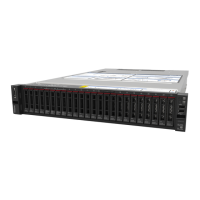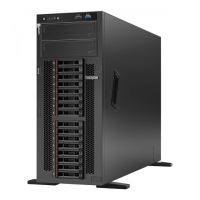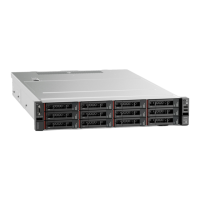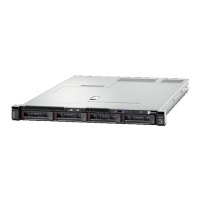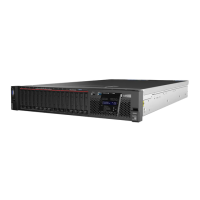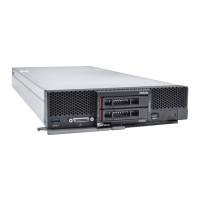6.2. Requirements for running system-level diagnostics
Depending on the system-level diagnostic tests you are running, you need to be
aware of time and system hardware requirements.
Each documented task has slight differences; use the recommended procedure for the task.
The following requirements must be met when running system-level diagnostics; otherwise, parts of
the tests fail and error messages appear in the status report:
6.2.1. General requirements
•
Each system being tested must be on a separate network.
The network interface test assigns unique static IP addresses, beginning with 172.25.150.23, to
all available network interfaces on a storage system. This results in network interface ports on
different storage controllers being assigned the same IP address. If all the systems being tested
are on the same network, then duplicate ip address warning messages appear on the
connected consoles. These warning messages do not affect the test results.
6.2.2. System memory requirements
•
You need to set aside time when running memory tests; the larger the memory capacity of your
storage system, the longer it takes.
6.2.3. NIC requirements
•
All adjacent network interface ports on the system must be connected for best performance
using a standard Ethernet cable.
Examples of adjacent ports are e0a and e0b or e2c and e2d.
e0M and e0P ports cannot be connected together due to an internal switch
connection. In systems with e0M and e0P ports, the most efficient pairings
are e0M with e0a and e0P with e0b.
•
If there are a number of network interface ports on the system, you may need to run the NIC
system-level diagnostic test several times, limiting each run to no more than two pairs each
time.
6.2.4. SAS requirements
•
When running the SAS system-level diagnostic tests, adjacent SAS ports must be connected
for best performance; storage shelves must be disconnected from the ports.
102

